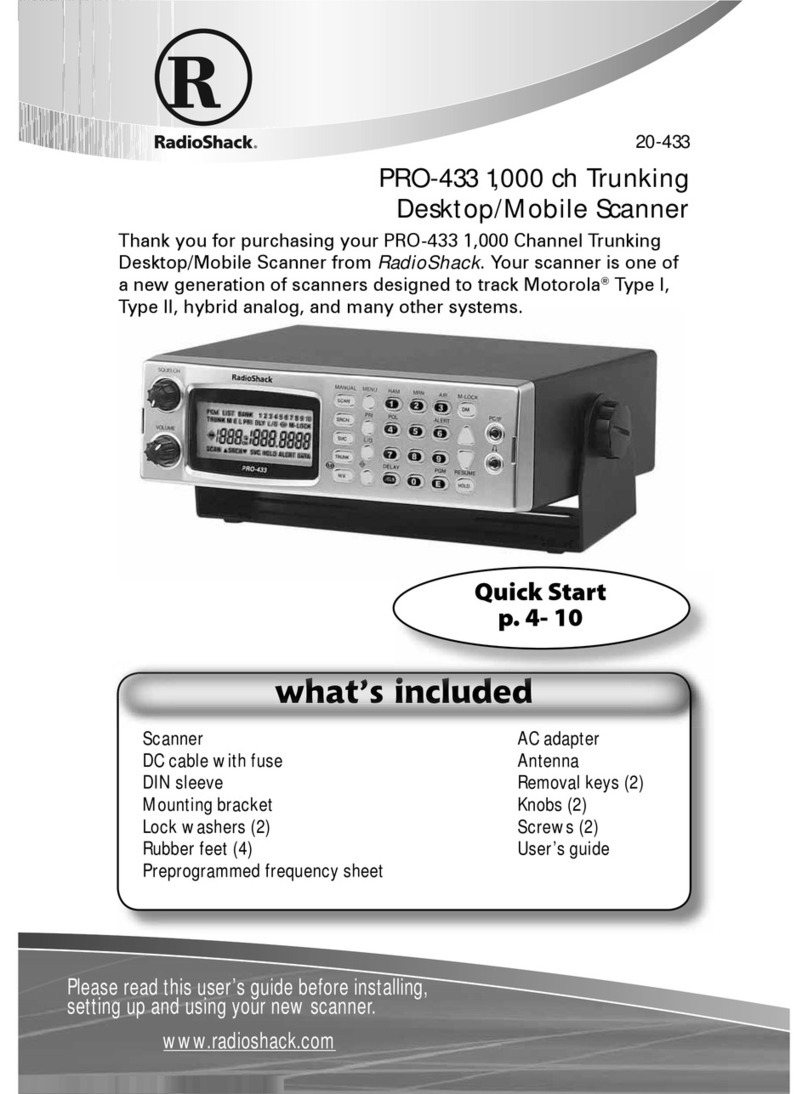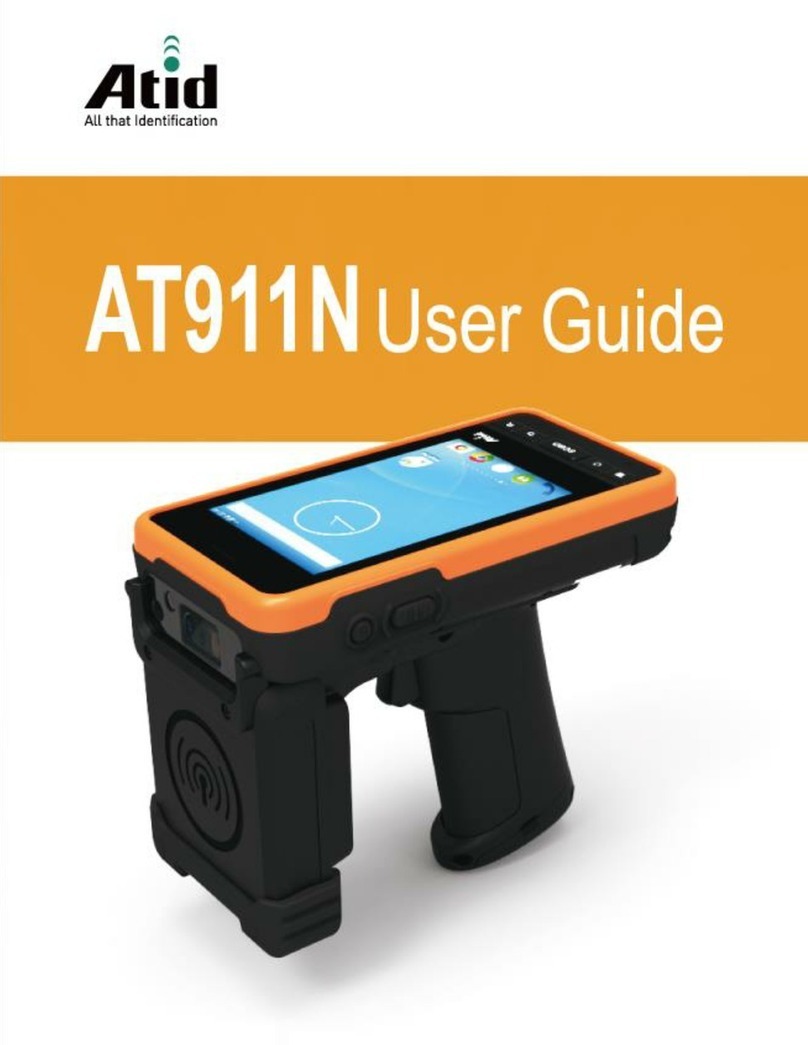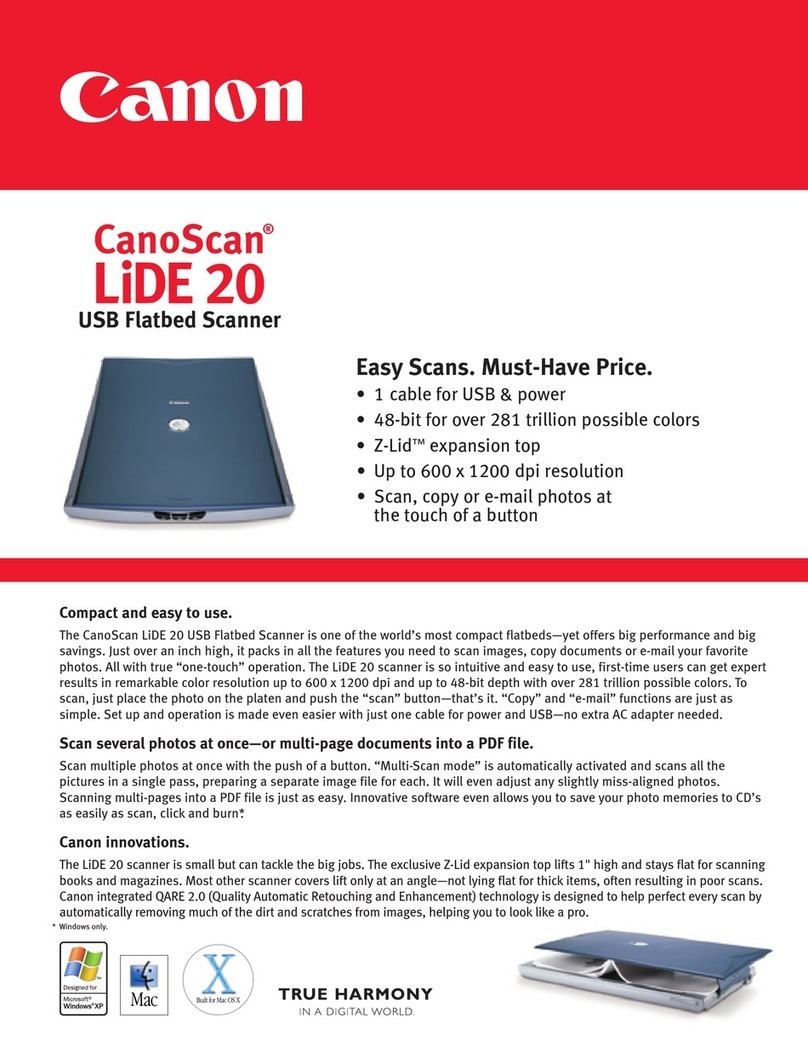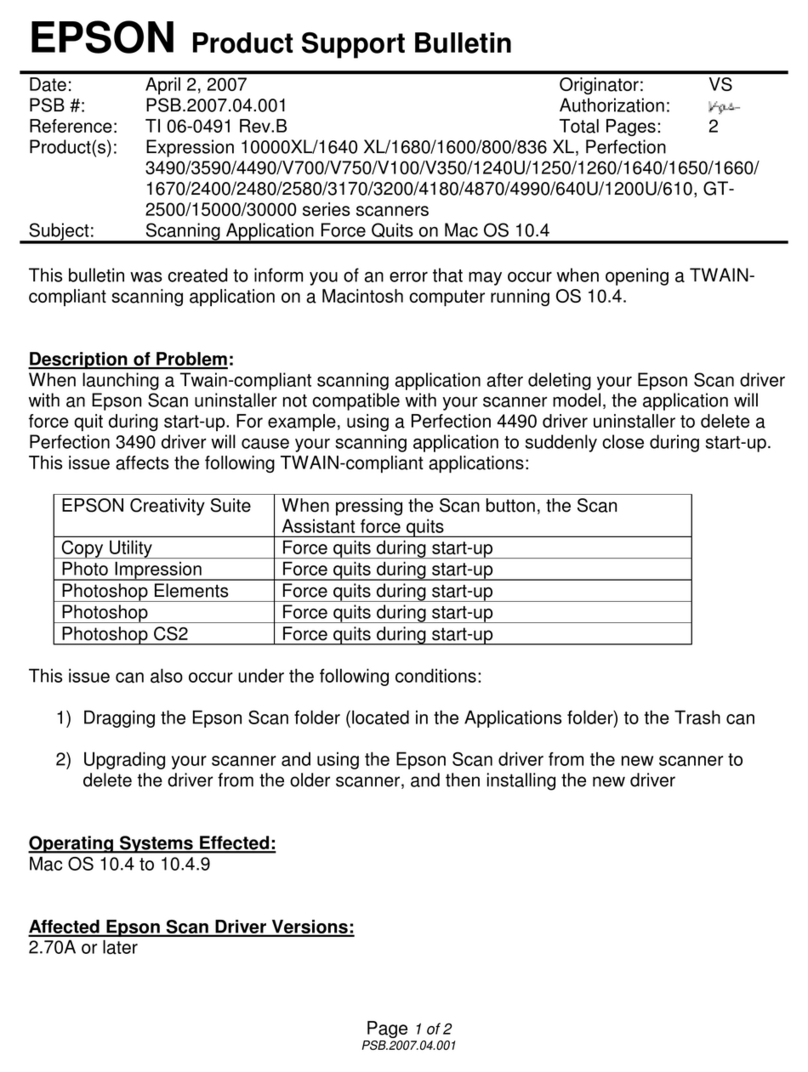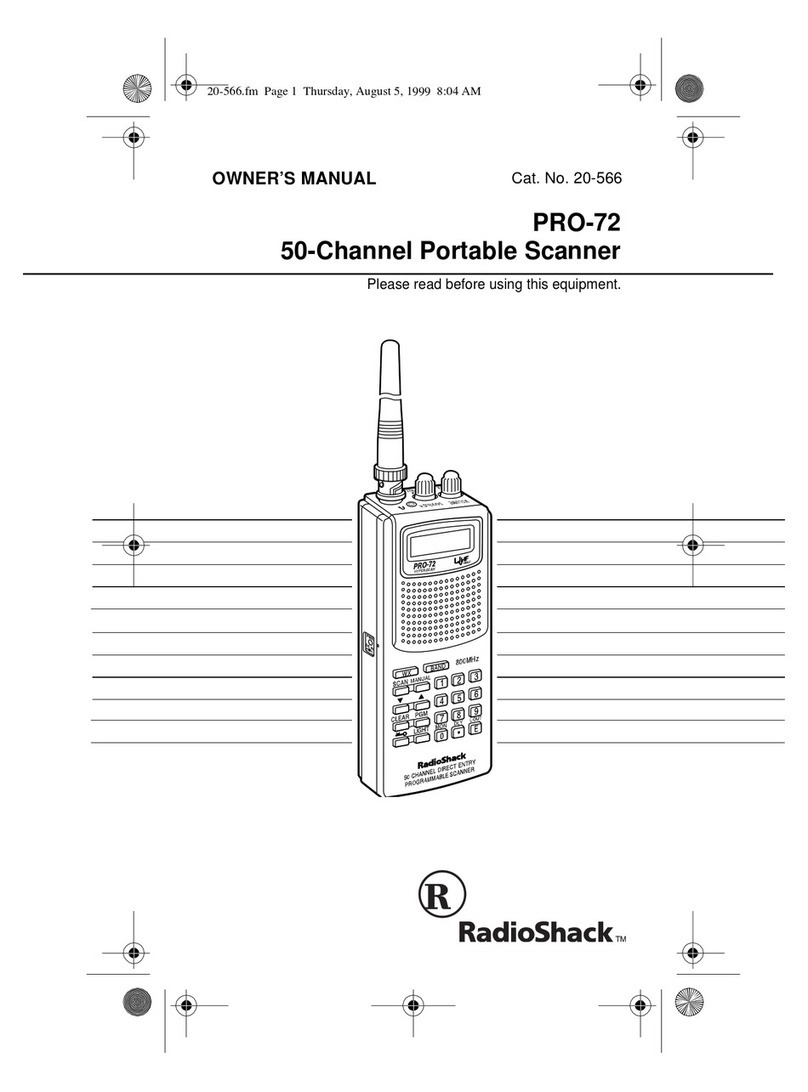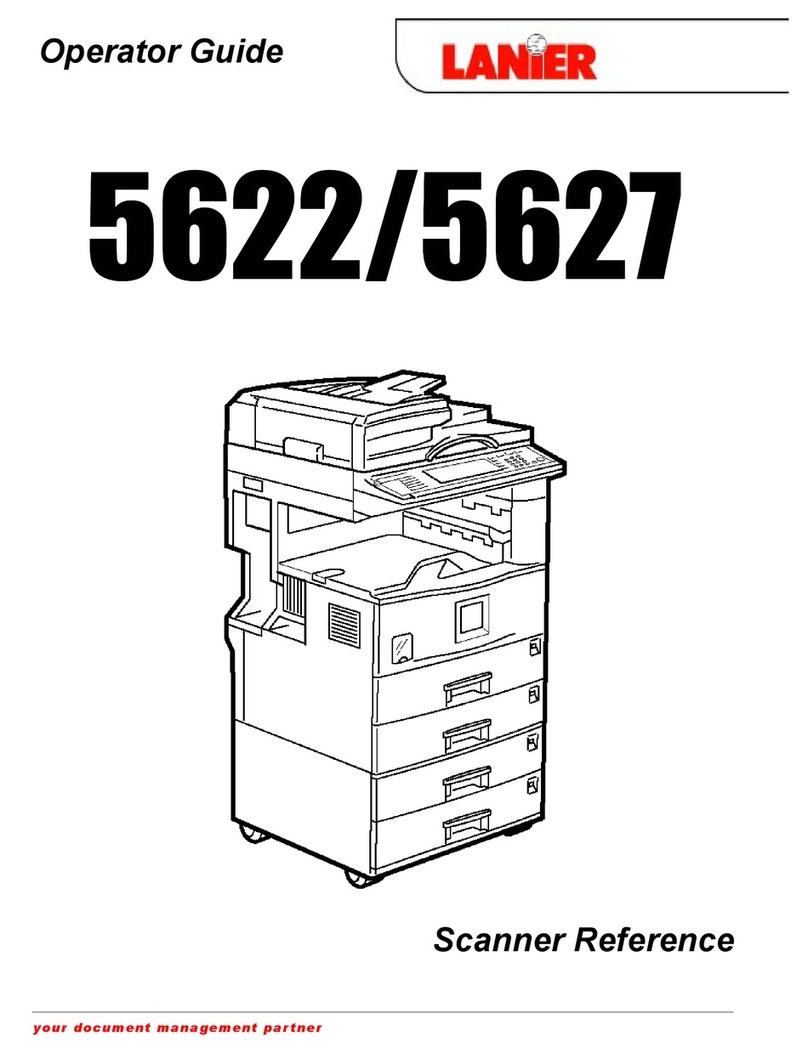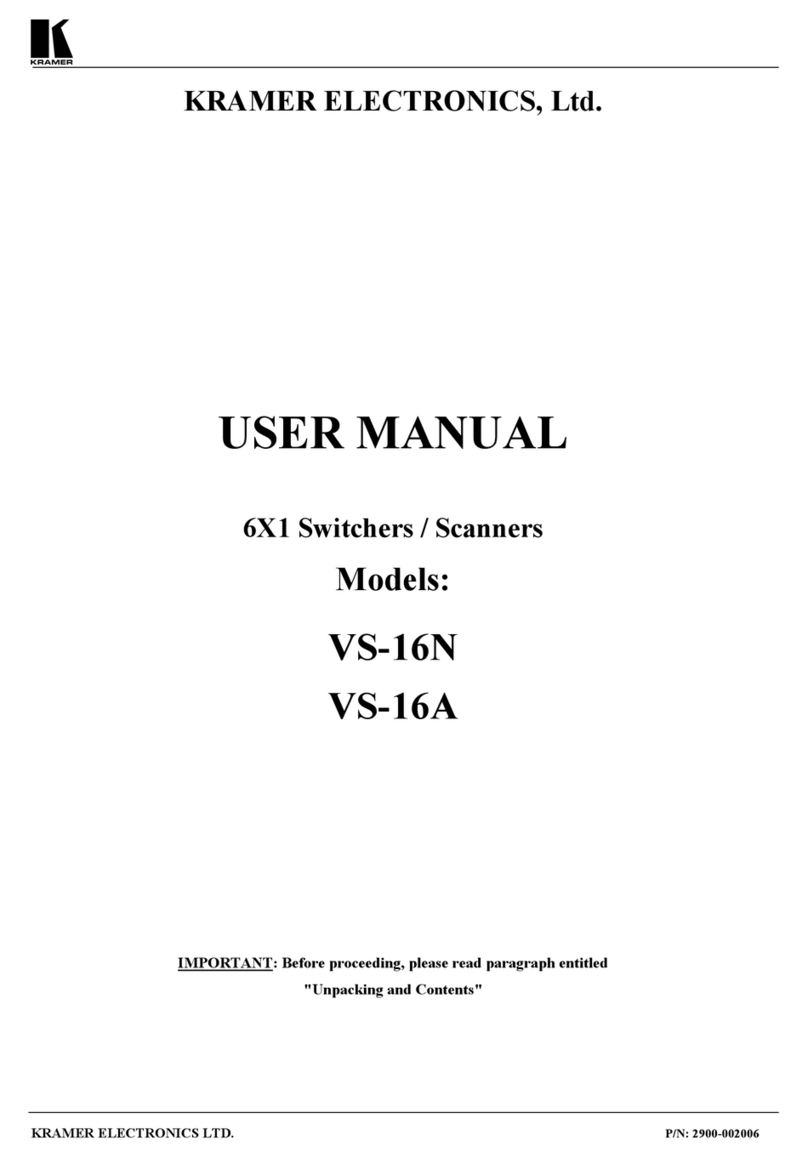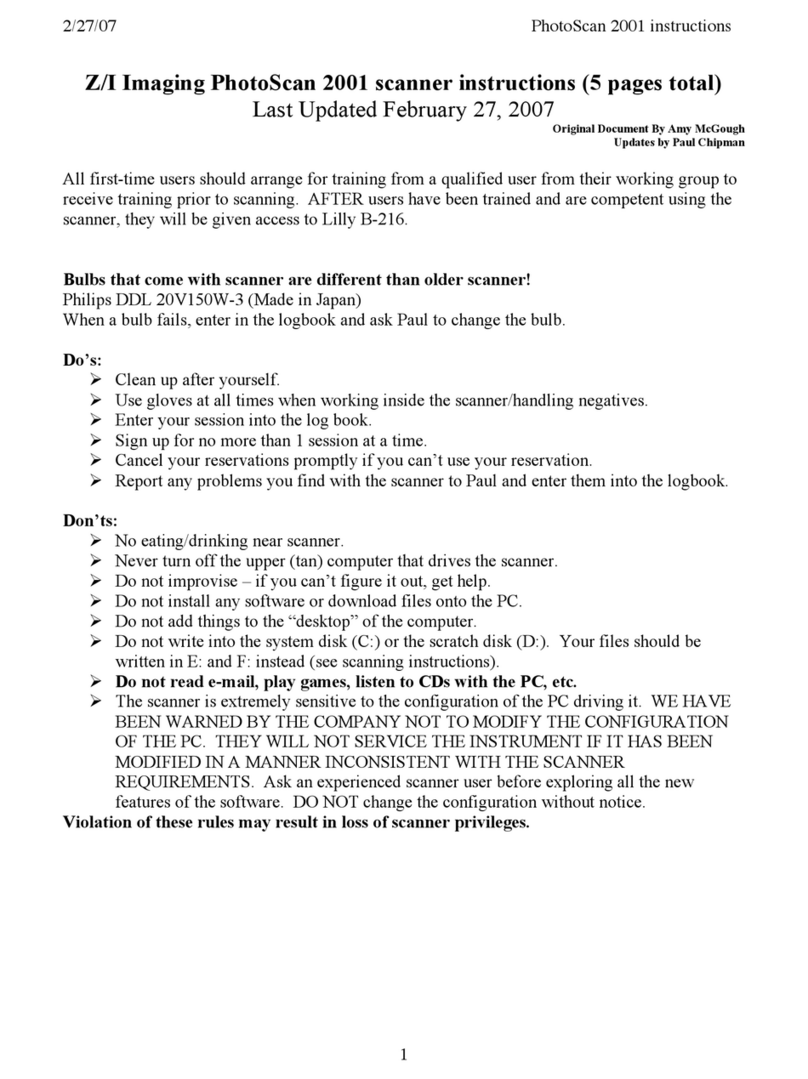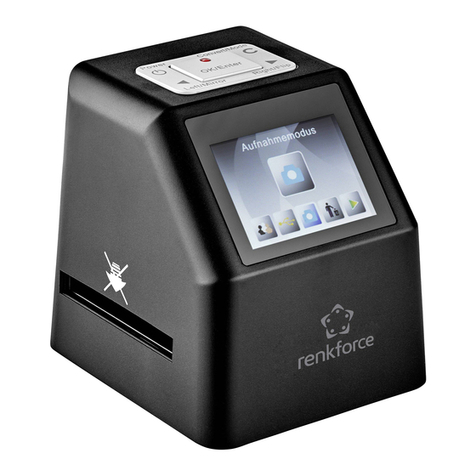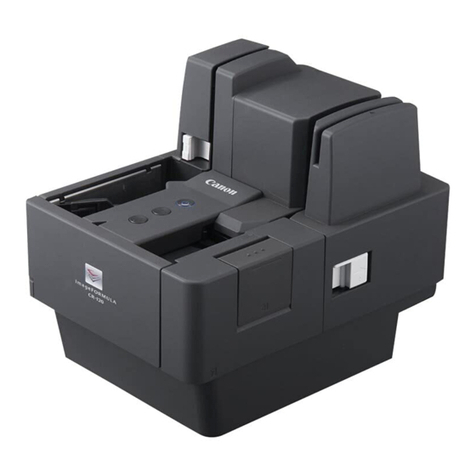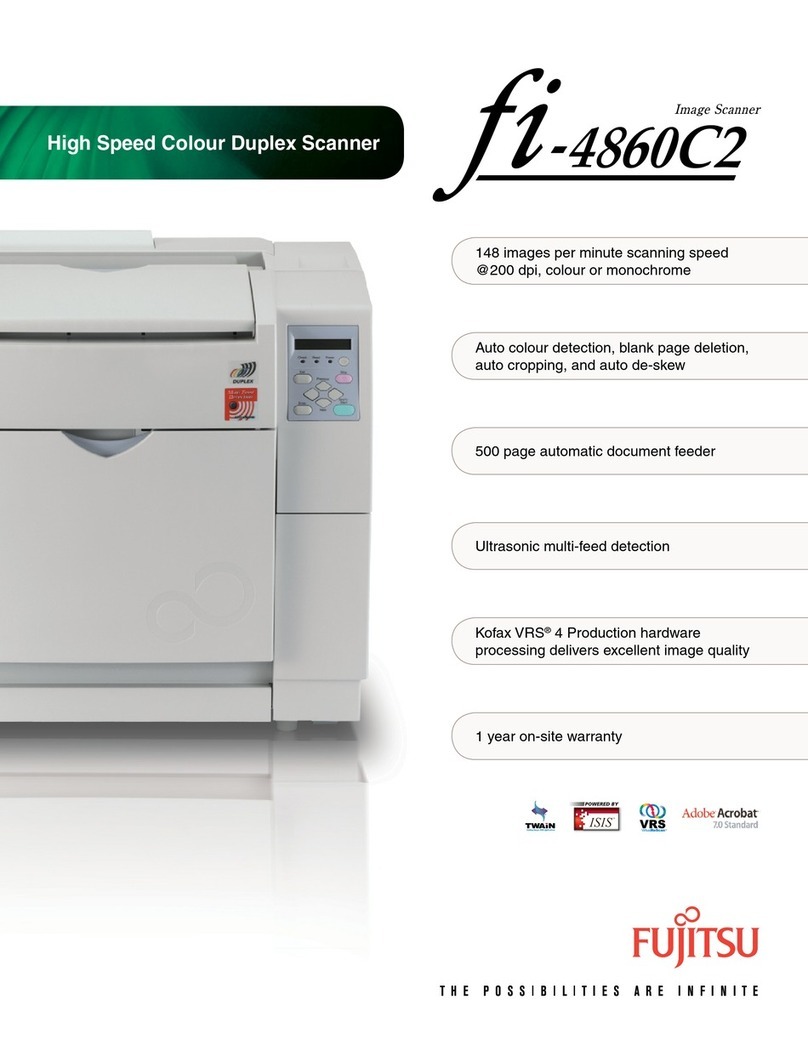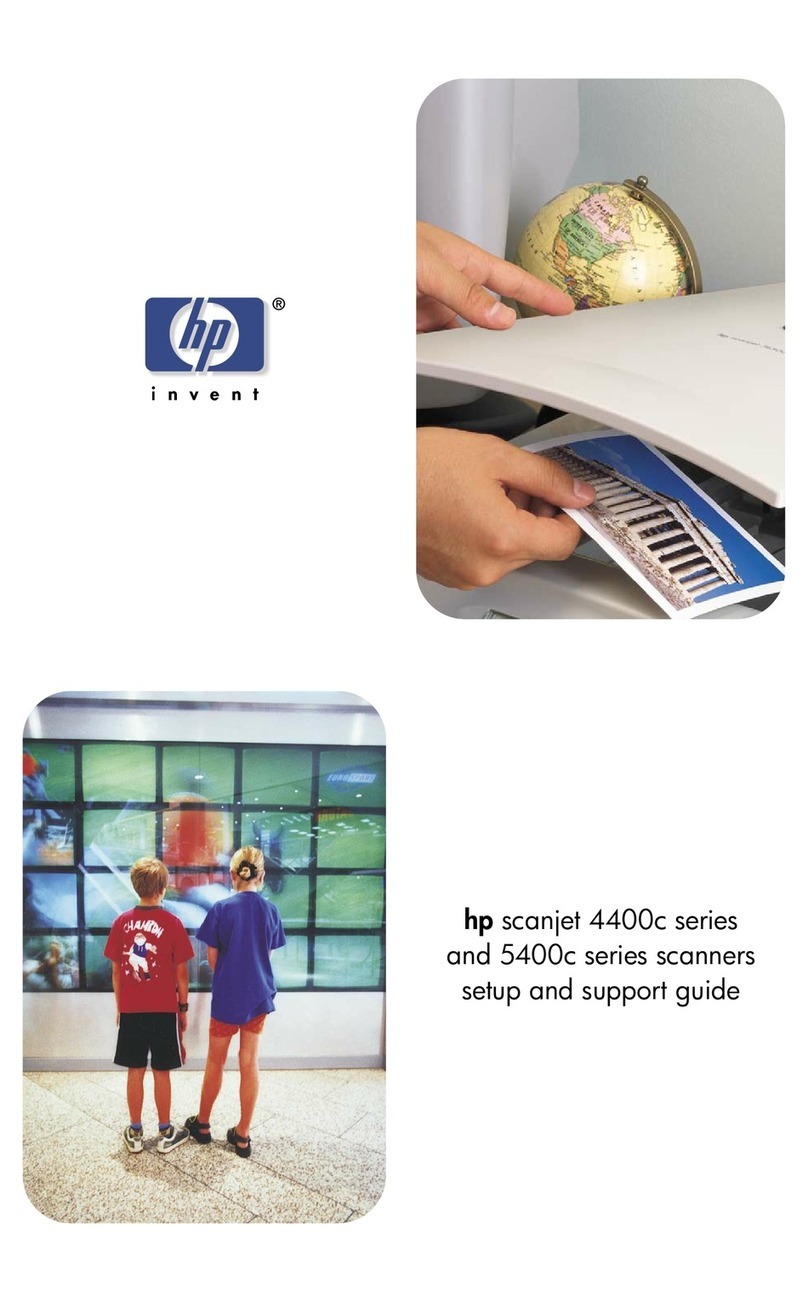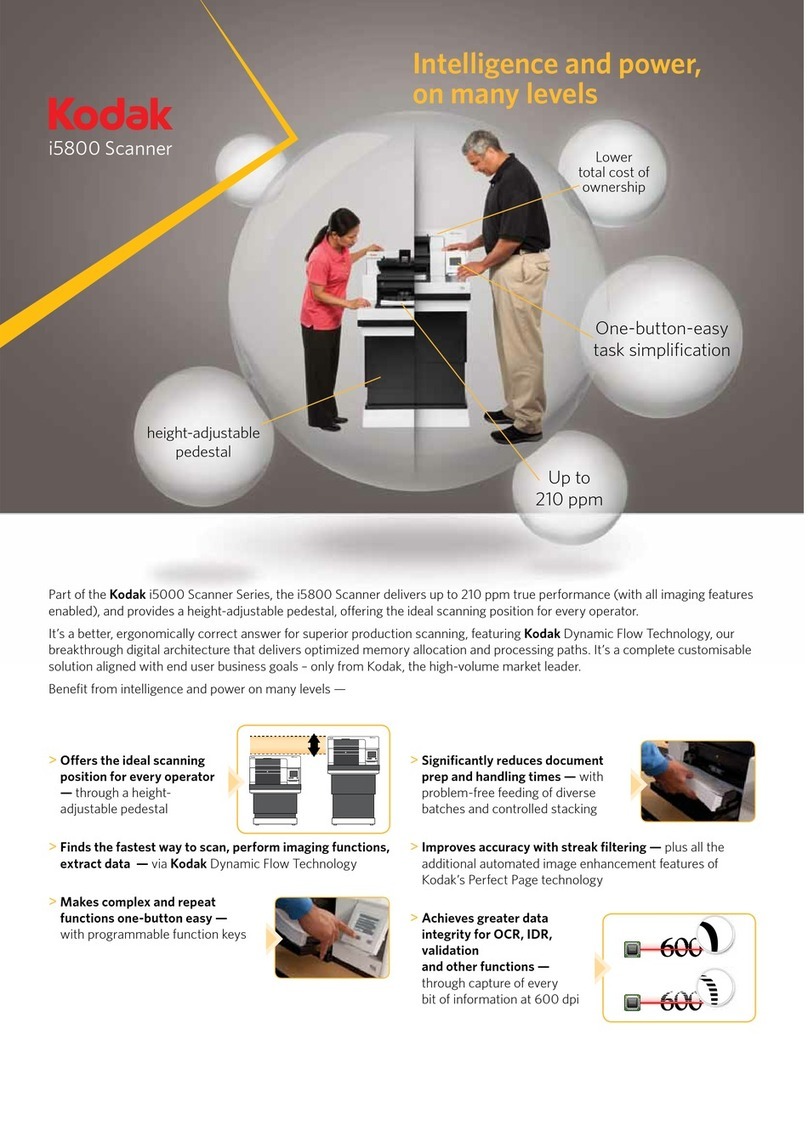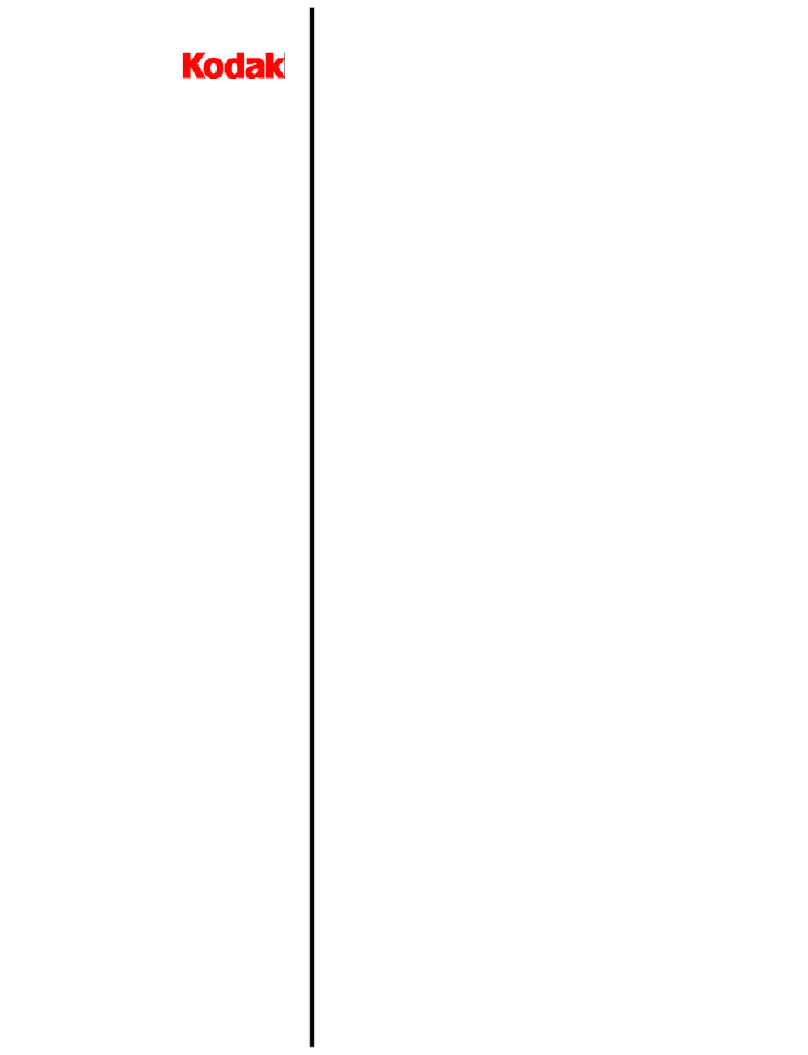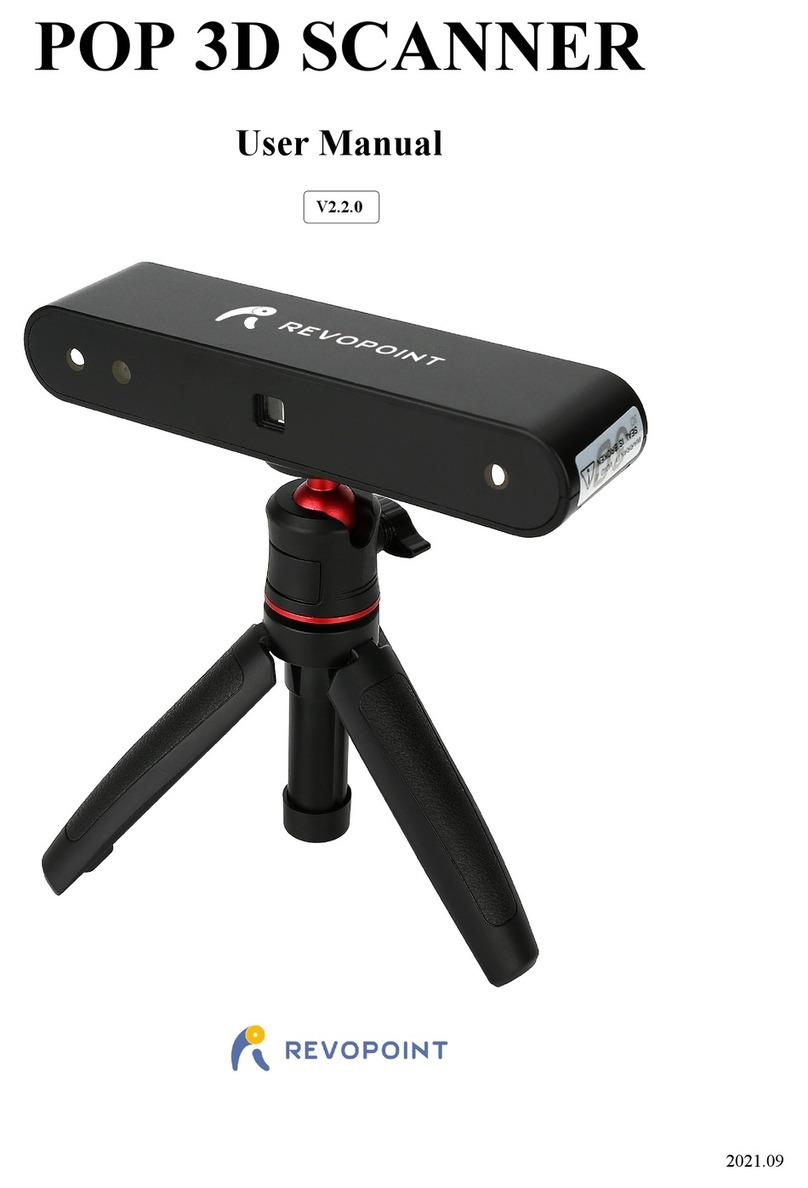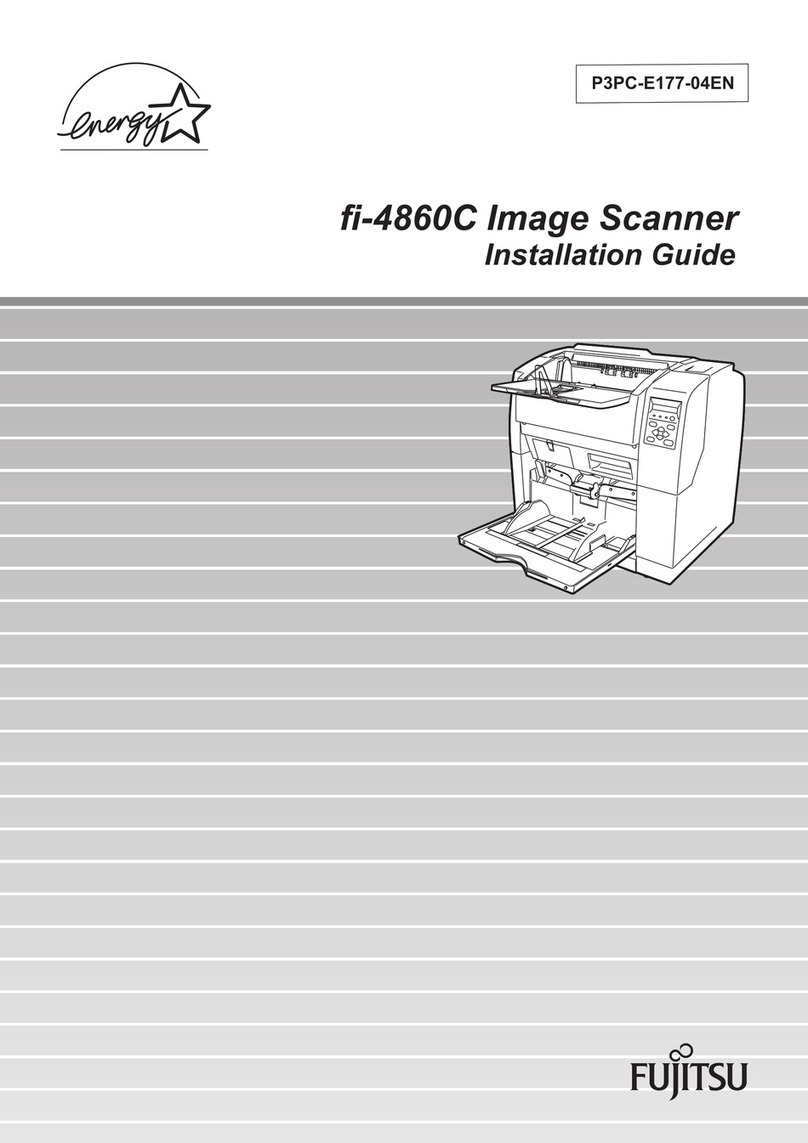Veho VFS-002m User manual

-0-

-1-
Table of Contents
1. Precaution.................................................................2
2. Preparation................................................................5
zStandard Accessories.....................................5
zPart Names.....................................................6
3. Install the Software....................................................7
zInstalling the Software in Windows.................7
zInstalling the Software in Mac.........................8
4. Place Film/ Slide Into The Holder..............................9
5. Using the Digital Image Copier ...............................10
6. Edit The Pictures.....................................................15
zAdjust..........................................................15
zRetouch.......................................................19
zClipboard.....................................................21
7. Appendix .................................................................22
zSpecifications................................................22
zSystem Requirements..................................23
EN

-2-
Welcome
Thank you for purchasing a Digital Image Copier.
Please take a moment to read through this manual. Its
contents will send you on an educational journey into your
recorder multiple capabilities.
1. Precaution
Before using Digital Image Copier, please ensure that you
read and understand the safety precautions described
below. Always ensure that the Digital Image Copier is
operated correctly.
•Never operate Digital Image Copier inside of an
aircraft or anywhere else where operation of such
devices is restricted. Improper use creates the risk
of serious accident.
•Do not try to open the case of Digital Image Copier
or attempt to modify Digital Image Copier in any way.
High-voltage internal components create the risk of
electric shock when exposed. Maintenance and
repairs should be performed only by authorized
service providers.
•Keep Digital Image Copier away from water and
other liquids. Do not use Digital Image Copier with
wet hands. Never use Digital Image Copier in the
rain or snow. Moisture creates the danger of fire and
electric shock.
•Keep Digital Image Copier and its accessories out of
the reach of children and animals to prevent
accidents or damage to the Digital Image Copier.

-3-
If you notice smoke or a strange odor coming from
Digital Image Copier, turn the power off immediately.
Take Digital Image Copier to the nearest authorized
service center for repair. Never attempt to repair Digital
Image Copier on your own.
•Use only the recommended power accessories. Use
of power sources not expressly recommended for
Digital Image Copier may lead to overheating,
distortion of the equipment, fire, electrical shock or
other hazards.
•Digital Image Copier may become slightly warm
during use. This does not indicate malfunction.
•If the exterior of Digital Image Copier needs cleaning,
wipe it with a soft, dry cloth.
EN

-4-
FCC Notice
This equipment has been tested and found to comply with
the limits for a Class B digital device, pursuant to Part 15
of the FCC Rules. These limits are designed to provide
reasonable protection against harmful interference in a
residential installation. This equipment generates, uses
and can radiate radio frequency energy. If not installed
and used in accordance with the instruction, it may cause
harmful interference to radio communication. However,
there is no guarantee that interference will not occur in a
particular installation. If this equipment does cause
harmful interference to radio or television reception, which
can be determined by turning the equipment on the off,
the user is encouraged to try to correct the interference by
one or more the following suggestion.
zReorient or relocate the receiving antenna.
zIncrease the distance between the equipment and
the receiver.
zConnect the equipment to a different power outlet
other than the one where the receiver is connected.
zConsult an experienced television or radio
technician for help.
CAUTION
To comply with the limits for a Class B digital device,
pursuant to Part 15 of the FCC Rules, this device must
only be installed on computer equipment certified to
comply with the Class B limits.

-5-
2. Preparation
Standard Accessories
Digital Image Copier Manual CD
Slide Holder Film Holder
110 Film Holder Clean brush
EN

-6-
Part Names
Note: We strongly suggest using a clean, dry, non-alcohol cotton
swab to insert into the Digital Image Copier slot and clean the
glass surface periodically to produce a clear image. Please
make sure your film negatives/ mounted slides and cover trays
are clean before inserting into the Digital Image Copier as well.
Dust or dirt from the negatives and cover trays will affect the
quality of your scanned images.

-7-
3. Install the Software
This scanner is support by Microsoft UVC (Universal
Video Class) and Plug & Play technology, therefore, does
not need separate driver software.
To use the photo scanner you must install ArcSoft
MediaImpression in advance.
Installing the Software in Windows
1. Insert the installation CD into the CD-ROM drive and
the installation CD menu should appear.
2. When you see the following screen, choose “ArcSoft
MediaImpression” to install the software.
3. Follow the on-screen instructions.
4. The installed software will automatically create a
MediaImpression logo on your desktop.
5. Restart the computer.

-8-
Installing the Software in Mac
1. Insert the installation CD into the CD-ROM drive and
click CD icon.
2. Click” MediaImpression Installer”
3. Follow the on-screen instructions.

-9-
4. Place Film/ Slide Into The Holder
1. Open the negative/ positive slide holder as Illustrated.
2. Put a negative film/ positive slide/ 110 film into holder
as shown.
3. Close the holder and please make sure the holder
close properly.
EN
Table of contents
Other Veho Scanner manuals



